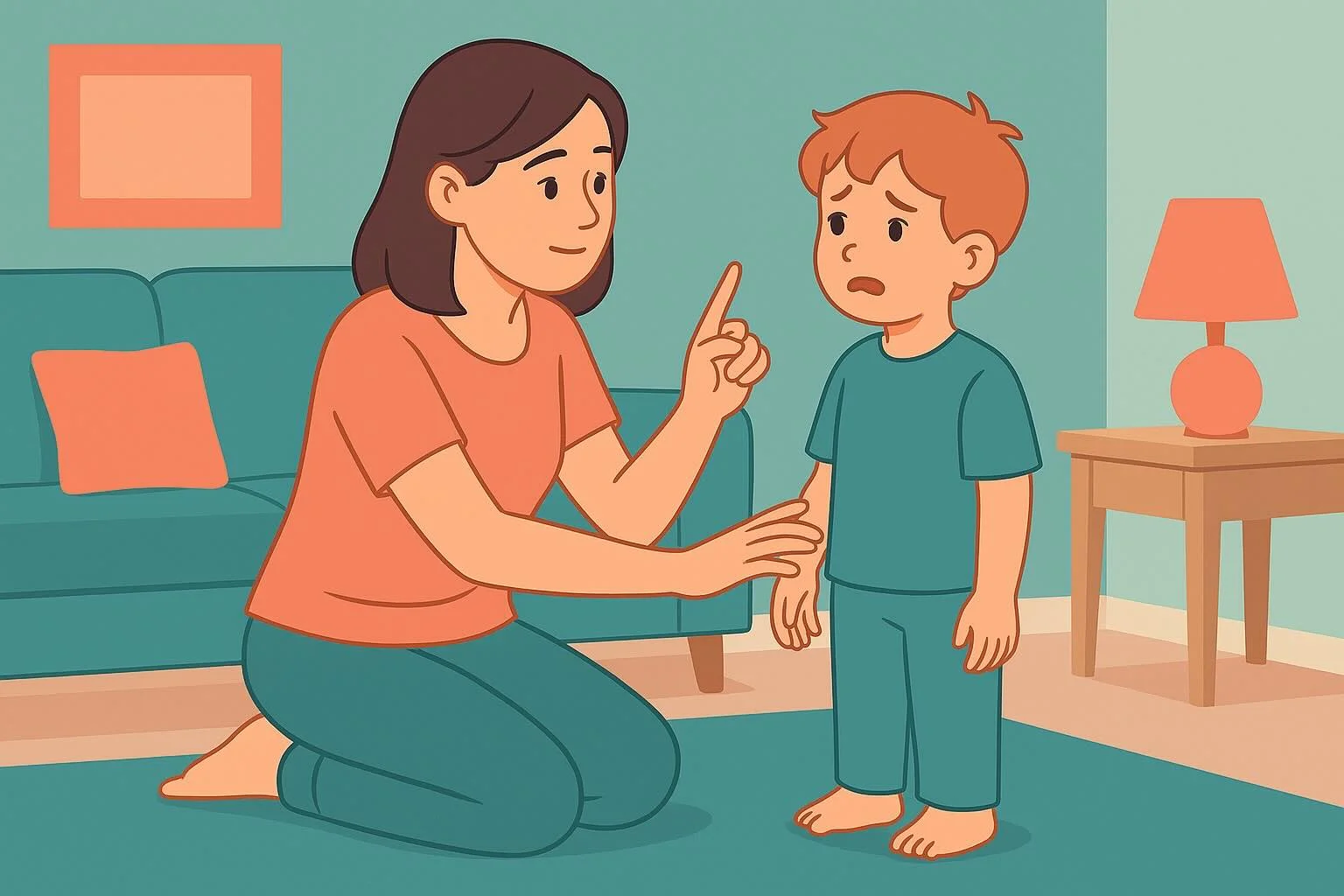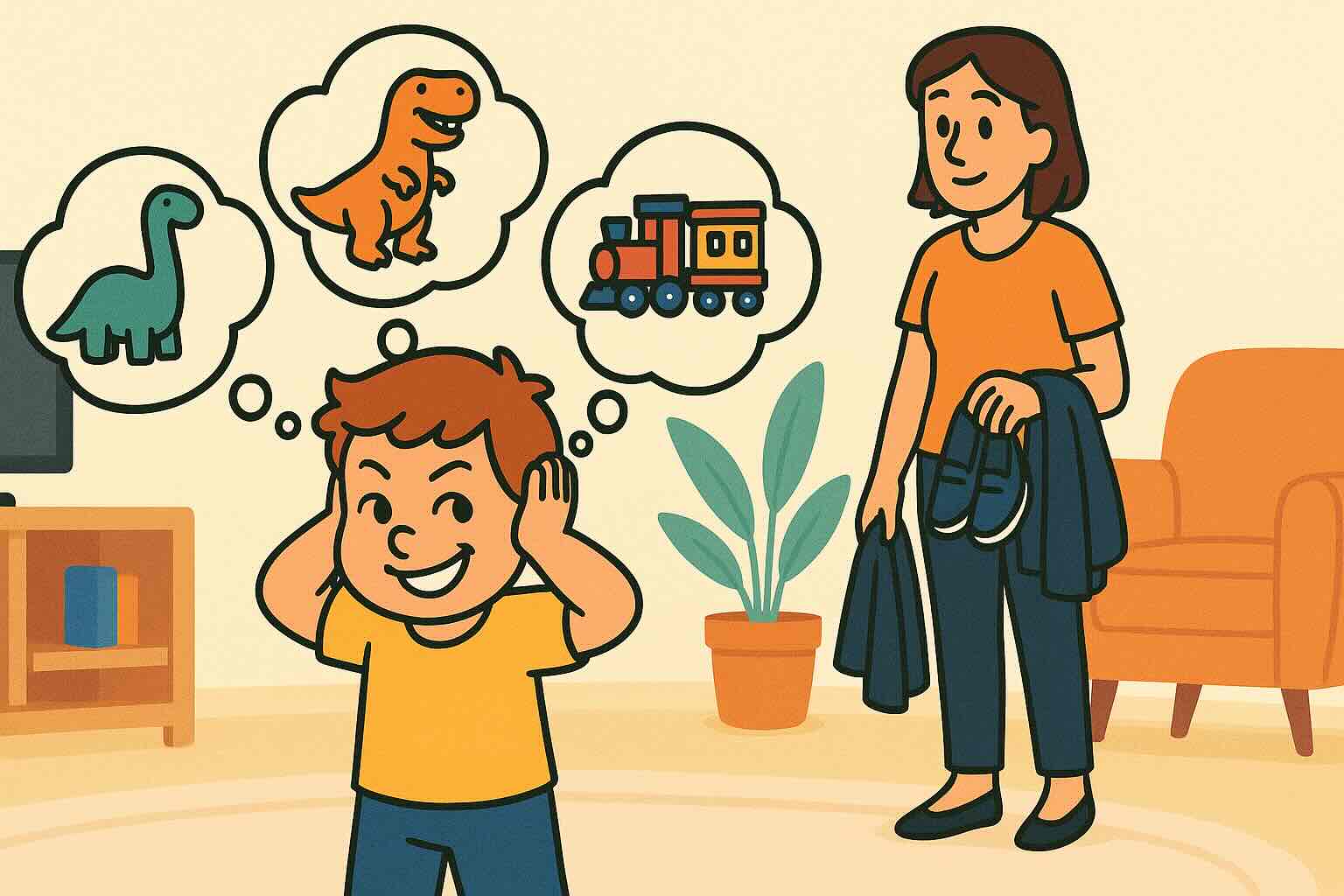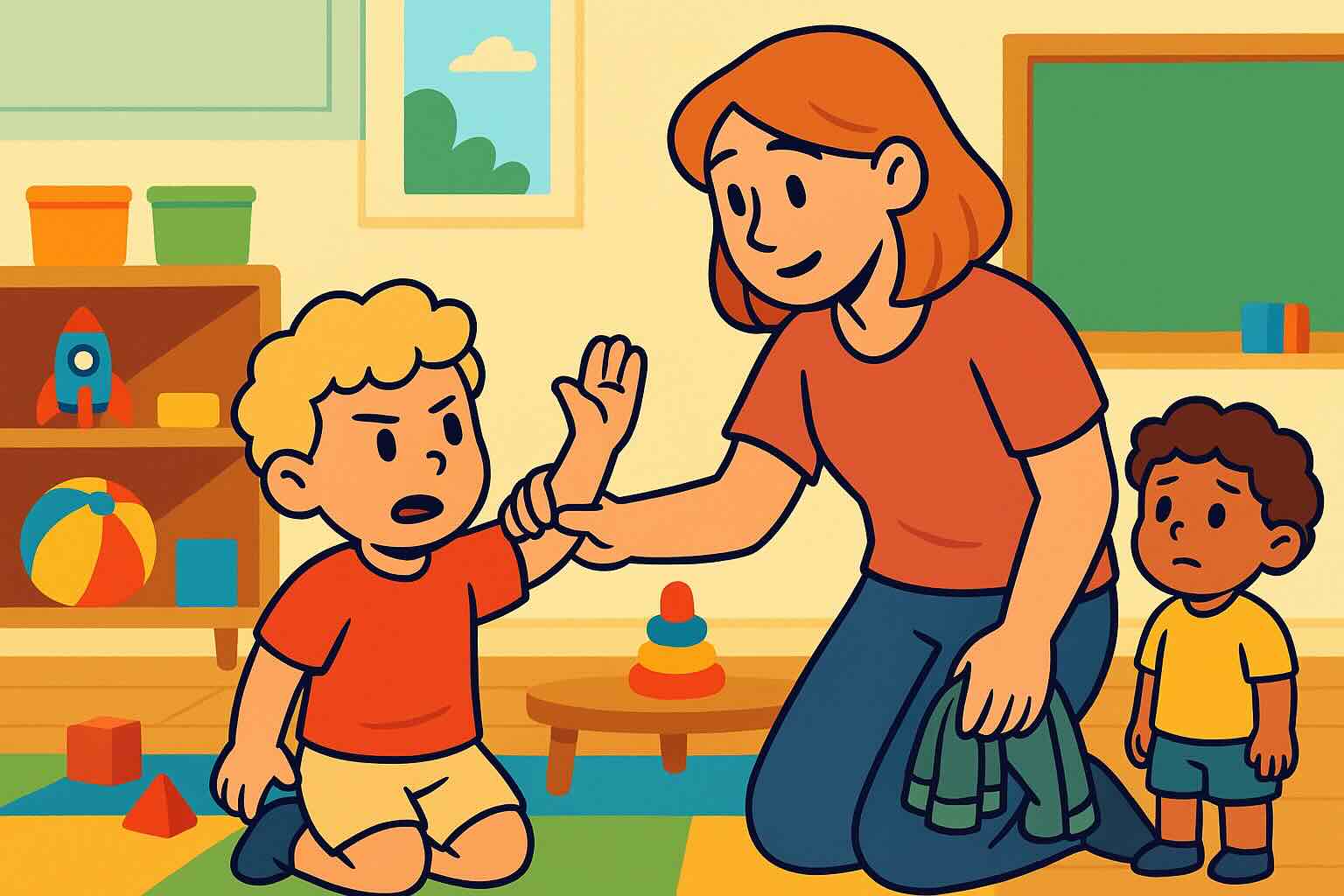3 Year Old Not Listening? 7 Science-Backed Strategies That Work

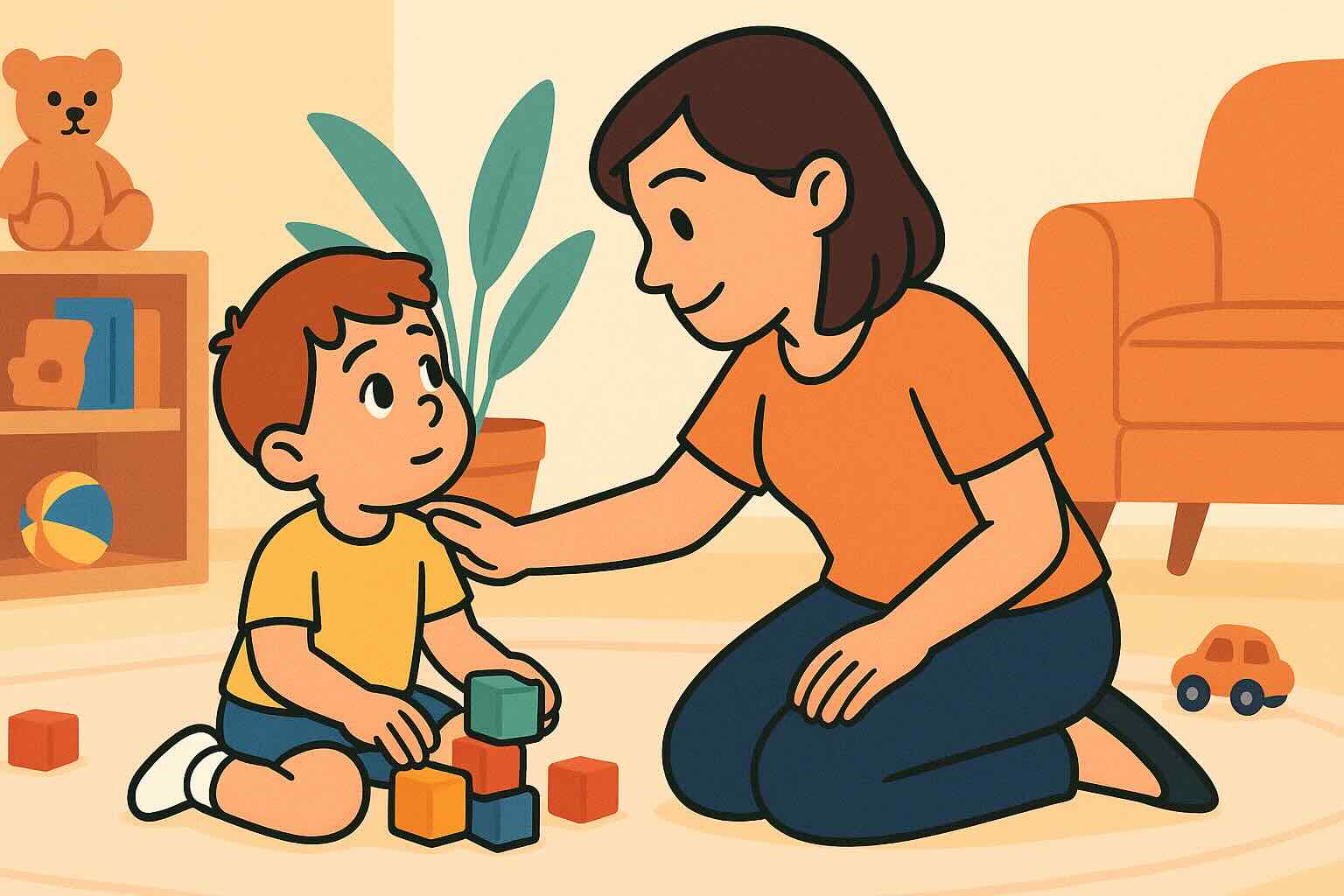
If you've asked your 3-year-old to put on their shoes seventeen times this morning while they continue playing with their blocks as if you're invisible, you're not alone. That moment when you realize you're practically begging a three-foot-tall human to acknowledge your existence? Every parent of a 3-year-old knows this defeating feeling intimately.
Here's what's actually happening: Your 3-year-old isn't plotting against you. Their brain is undergoing massive developmental changes that make "not listening" a normal (though maddening) part of this age. Understanding the science behind their selective hearing—and having the right strategies—can transform your daily battles into opportunities for connection and growth.
Why Your 3-Year-Old Seems Deaf to Your Requests
The Developing Brain Reality
At age 3, your child's prefrontal cortex—the brain's CEO responsible for planning, focusing, and impulse control—is still under major construction. When you ask them to stop playing and get dressed, their brain literally struggles to:
- Shift attention from their current engaging activity
- Process your multi-step request
- Override their impulse to keep playing
- Execute the boring task you're requesting
Think of it like asking someone deeply absorbed in their favorite movie to immediately start doing taxes. The resistance isn't defiance—it's developmental.
The Perfect Storm of Three-Year-Old Development
Several factors collide at this age to create the "not listening" phenomenon:
1. The Independence Surge Your 3-year-old is discovering they're a separate person with their own will. Testing what happens when they don't comply is actually healthy development—even though it tests your patience.
Learning positive discipline approaches helps you honor their need for independence while maintaining necessary boundaries.
2. Limited Working Memory Most 3-year-olds can only hold 1-2 pieces of information in their working memory. When you say, "Stop playing, put your toys away, wash your hands, and come to dinner," they've likely lost you after "stop playing."
3. Time Blindness Three-year-olds live entirely in the present moment. "Five more minutes" means nothing to them, and "we're late" doesn't compute when their block tower isn't finished.
4. Emotional Regulation Challenges The disappointment of stopping a fun activity can trigger genuine distress. What looks like ignoring you might be their attempt to avoid overwhelming feelings.
For deeper insights into managing the emotional aspects of not listening, our toddler tantrums guide explains how defiance and meltdowns are connected.
The 7 Strategies That Actually Work
1. Connect Before You Direct
Before making any request, establish connection:
The Magic Touch Formula:
- Walk over to your child (don't shout from across the room)
- Get down to their eye level
- Place a gentle hand on their shoulder
- Wait for them to look at you
- THEN make your request
Why it works: Physical connection activates their attention system and shows respect for their current activity.
Real example: Instead of calling "Time for lunch!" from the kitchen while they're playing, walk over, kneel down, touch their arm, and say, "I see you're building something amazing. In two minutes, it will be time to eat lunch."
2. Use the "First/Then" Formula
Frame requests as a sequence rather than a command:
Instead of: "Put on your shoes!" Try: "First shoes, then we can go see the ducks at the park."
Instead of: "Clean up now!" Try: "First we put the blocks in the box, then we read your favorite story."
Why it works: This gives their brain a clear sequence to follow and includes built-in motivation. It's not a bribe—it's showing the natural flow of activities.
3. Make It a Game, Not a Battle
Three-year-olds respond infinitely better to play than commands:
The Racing Game: "I bet you can't get your pajamas on before I count to 20!"
The Animal Game: "Can you hop like a bunny to the bathroom?"
The Helper Game: "I need a special helper to carry the important spoons to the table."
The Quiet Game: "Let's see who can get dressed the most quietly so we don't wake up the sleeping toys."
Why it works: Games bypass resistance by engaging their natural love of play and imagination.
4. Offer Limited Choices
Give them power within boundaries:
Instead of: "Get dressed now." Try: "Would you like to put on your shirt first or your pants first?"
Instead of: "Time to leave." Try: "Do you want to walk to the car or hop like a frog?"
Instead of: "Eat your vegetables." Try: "Should we eat the carrots or broccoli first?"
Why it works: Choices give them autonomy while ensuring the outcome you need. They feel in control, reducing the need to resist.
5. Use Positive, Specific Language
Three-year-olds process positive statements better than negative ones:
Instead of: "Don't run!" Try: "Walking feet, please."
Instead of: "Stop whining!" Try: "Use your strong voice."
Instead of: "No throwing!" Try: "Balls stay on the ground."
Why it works: Their brain has to work extra hard to process what NOT to do. Telling them what TO do gives clear, actionable direction.
6. Create Visual Routines
Three-year-olds respond better to pictures than words:
Morning Routine Chart:
- Picture of child getting dressed
- Picture of eating breakfast
- Picture of brushing teeth
- Picture of putting on shoes
Let them check off or move a magnet as they complete each task.
Why it works: Visual cues bypass the need for verbal processing and give them ownership of their routine.
7. Master the Art of Natural Consequences
Sometimes the best teacher is experience itself:
Scenario: Won't put on coat Natural consequence: Feels cold outside (bring coat along for when they're ready)
Scenario: Won't clean up toys Natural consequence: Toys take a "break" in a box for a day
Scenario: Won't come to dinner Natural consequence: Dinner gets cold, kitchen closes after mealtime
Why it works: Natural consequences teach without creating power struggles. The environment becomes the teacher, not you.
When "Not Listening" Is Actually Something More
Red Flags That Need Professional Attention
While selective hearing is normal at 3, certain signs warrant a conversation with your pediatrician:
Hearing Concerns:
- Never responds to their name
- Needs visual cues for all communication
- Speech seems delayed or unclear
- Frequently asks "what?" or seems confused
Developmental Concerns:
- Cannot follow any single-step directions
- Extreme difficulty with transitions
- No improvement over several months
- Significantly behind peers in preschool
Attention/Processing Concerns:
- Cannot focus on any activity for more than 30 seconds
- Seems genuinely unable to process instructions
- Extreme hyperactivity beyond typical 3-year-old energy
For children struggling with emotional regulation alongside listening challenges, our emotional safety first guide provides strategies for creating a calmer home environment.
The Long Game: Building Cooperation Skills
Setting Realistic Expectations
Remember that cooperation is a skill that develops gradually:
At 3 years: Following 1-2 step directions with support is success By 3.5 years: Beginning to remember routines without constant reminders By 4 years: Can follow 2-3 step directions and understand basic consequences
Creating Connection Rituals
Build cooperation through daily connection:
Morning connection: 2-minute cuddle before the day starts Transition warnings: "In 5 minutes, we'll start cleaning up" Celebration moments: "You got your shoes on the first time I asked! High five!" Evening reflection: "What was your favorite part of listening today?"
Real-Life Success Stories
Sarah's Breakthrough: The Whisper Technique
"I was yelling constantly at my 3-year-old Max until I tried whispering instead. Now when he's not listening, I get close and whisper my request. He immediately stops to hear the 'secret.' Our mornings went from battlegrounds to manageable in one week."
David's Discovery: The Timer Method
"My daughter Emma would never transition from playing to meals. Now we use a visual timer. When she sees the red disappearing, she knows playtime is ending. No more surprise transitions, no more meltdowns."
Maria's Method: The Yes Day
"Once a week, we have 'Yes Time' for 15 minutes where my son Leo gets to be the boss (within safety limits). Since starting this, he's much more cooperative the rest of the week because he knows his turn to be in charge is coming."
Your Action Plan: Start Tomorrow
Ready to transform your 3-year-old's selective hearing? Here's your step-by-step plan:
Week 1: Master Connection
- Practice the "Magic Touch Formula" before every request
- Track how often they respond when you connect first
Week 2: Add Choices
- Offer 2 choices for every transition
- Notice which types of choices work best for your child
Week 3: Implement Routines
- Create one visual routine chart (start with morning or bedtime)
- Let your child help make it
Week 4: Practice Patience
- Count to 5 before repeating any request
- Use natural consequences for one challenging behavior
Remember: This Phase Will Pass
Your 3-year-old's selective hearing is not a reflection of your parenting or their character. It's a normal developmental phase that, with patience and the right strategies, will improve. Most parents report significant improvement by age 4, with another leap forward at 5.
The strategies you're building now—connection, respect, clear communication—will serve you throughout their childhood. Every time you take a breath instead of yelling, every time you connect before directing, you're laying the foundation for a cooperative, respectful relationship that will last a lifetime.
Your Next Steps
Dealing with a 3-year-old who won't listen is exhausting, but you're not alone in this struggle. Start with just one strategy from this guide—whichever feels most manageable for your family. Remember, small consistent changes lead to big transformations.
For additional support with challenging behaviors, explore our positive discipline examples for 3-year-olds for specific scripts and scenarios you can use today.
When you're ready to understand the deeper dynamics at play, our managing power struggles guide will help you navigate the control battles that often underlie listening challenges.
You've got this, and we're here to support you every step of the way.
24/7 AI Parenting Assistant
Get instant, personalized advice with expert-curated parenting knowledge. Chat with your AI coach anytime, anywhere.
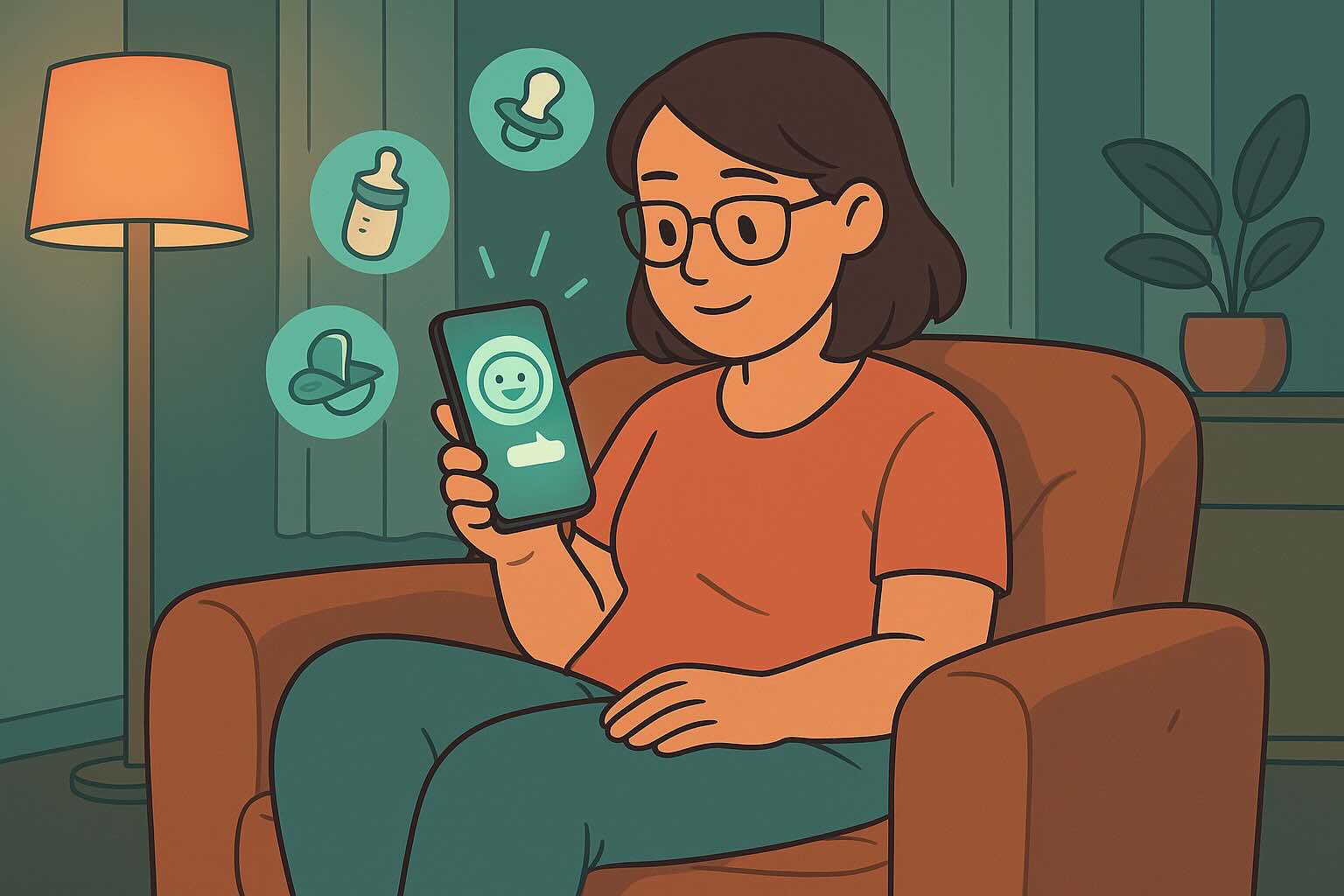
Challenging Moments Support
Access step-by-step parenting strategies, quick tips, and age-specific guidance for difficult situations when you need it most.
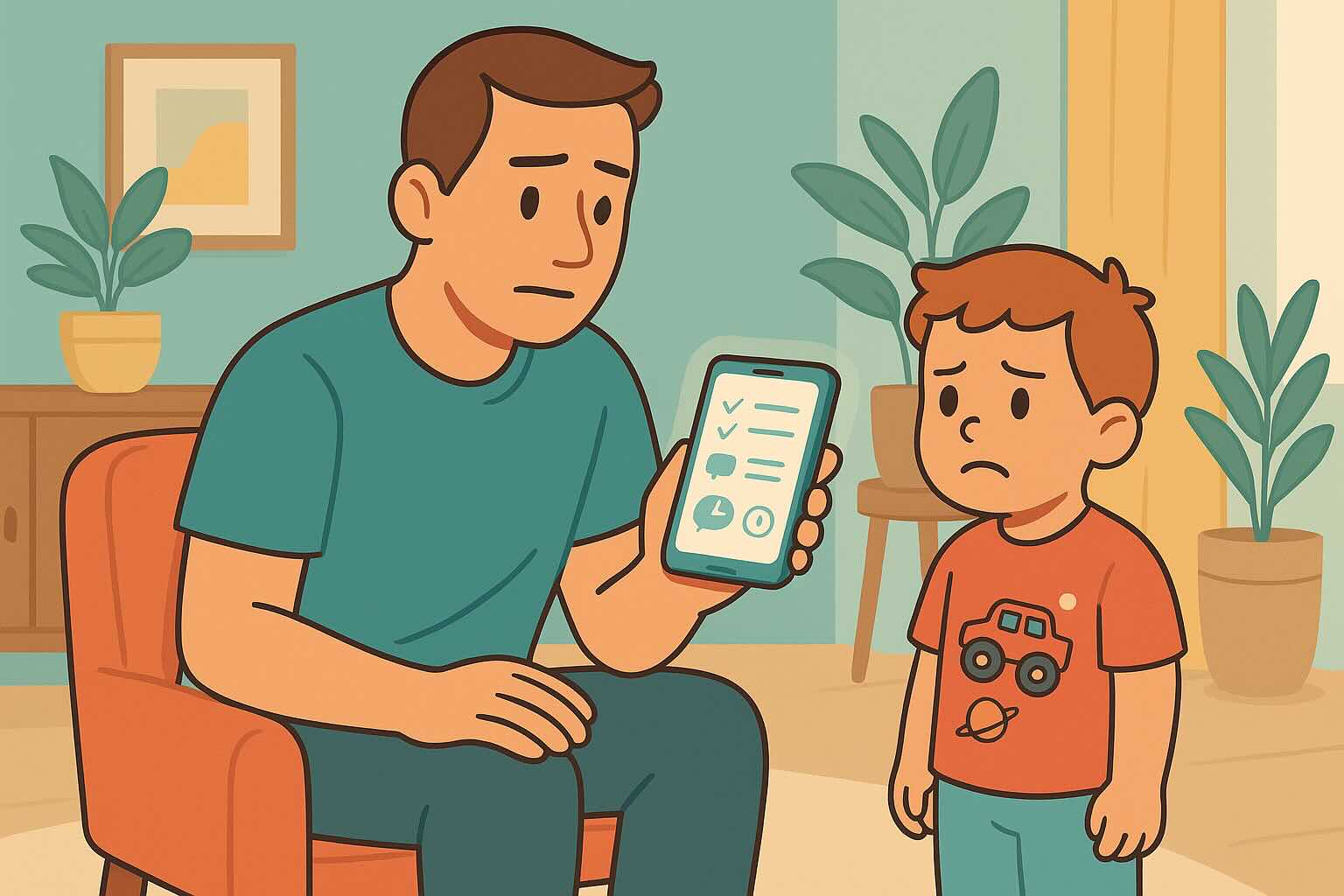
Boundary Setting Scripts
Set firm, loving boundaries without punishment using evidence-based scripts and strategies that build cooperation and respect.
Frequently Asked Questions
Need personalized support?
RootWise's AI coach can provide tailored strategies for your specific situation, available 24/7 when you need it most.
Learn More About AI Coaching →